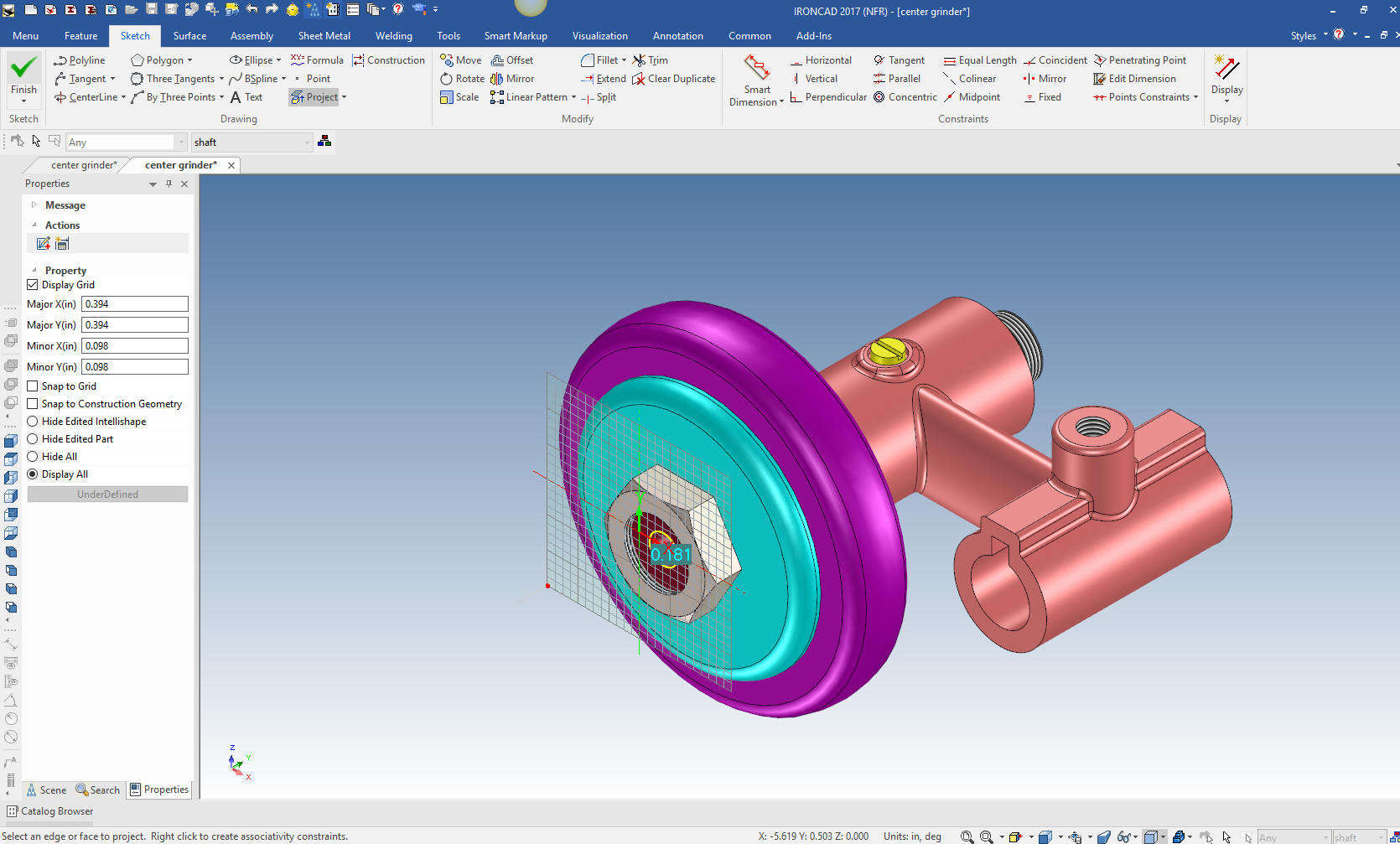

Adding the cost of the machiningĪt this point, we need to have the following data:

This procedure has to be repeated with each of the raw materials entering the process. (Raw material cost) = (Volume) * (Material density) * (Material cost per kg) The cost of the raw material per one piece is given by this formula: In the first article, I showed how Elleci could generate an average gain of 15,9% on the raw material costs, by moving a set of articles to more efficient technologies. In case of a complete system with rollforming and packaging, the raw materials will be: metal coils, straps and timber tiles.Īt this point, we need to calculate - or estimate - the amount of raw material that will be required to manufacture one single product, including the scrap generated in the process. The manufacturing of one product requires one or more types of raw materials.įor example, a stand alone a rollformer for drywall studs requires coils of galvanized steel. Calculating the cost of the raw materials Here, I will use some of the concepts and ideas of these articles and propose a method to estimate the production cost of a single sheet metal product, and of a full batch.įollow this link to the full article, including the iteration of the formula for processing cycles involving multiple stages. We have always to bear in mind, that the result of the calculation will be affected by all these decisions. We have seen how some of these parameters, for example the Efficiency of a machine or its Hourly Cost, depend from a number of estimations and strategic decisions the entrepreneur has to take. How to calculate the productivity and efficiency of a sheet metal production system.How to calculate the hourly cost and rate of a sheet metal production system.Understanding the scrap rate generated by different cutting processes.The production cycle of a sheet metal product involves several phases from the raw material to the product ready for delivery which may include: cutting, forming, welding, assembly of possible accessories, painting and packaging. In today's competitive markets, understanding the structure of the costs of a product is essential to the improvement of the process, as well as to a correct pricing strategy.


 0 kommentar(er)
0 kommentar(er)
